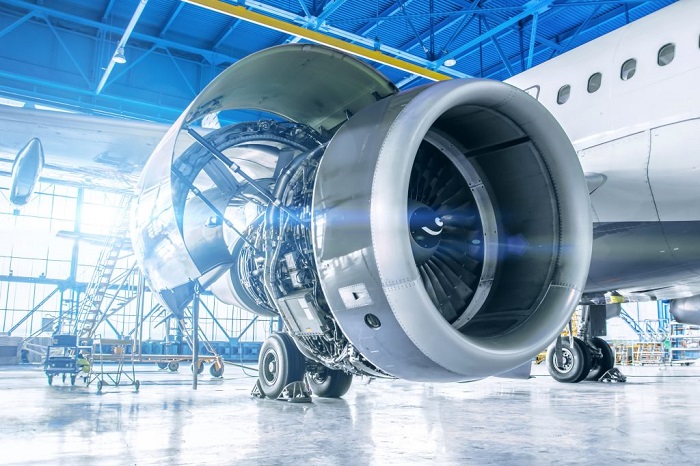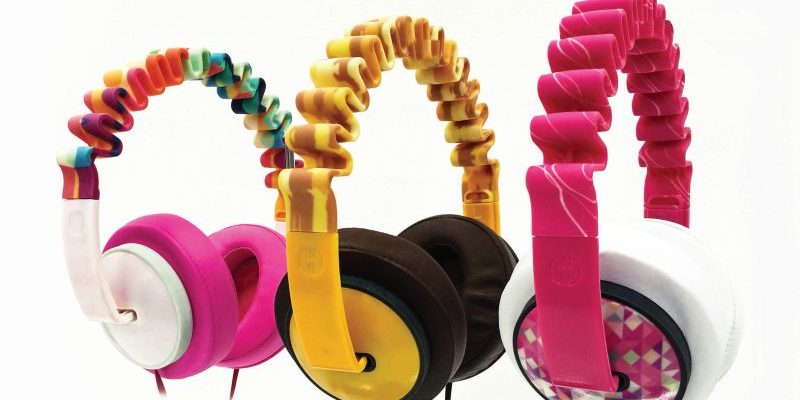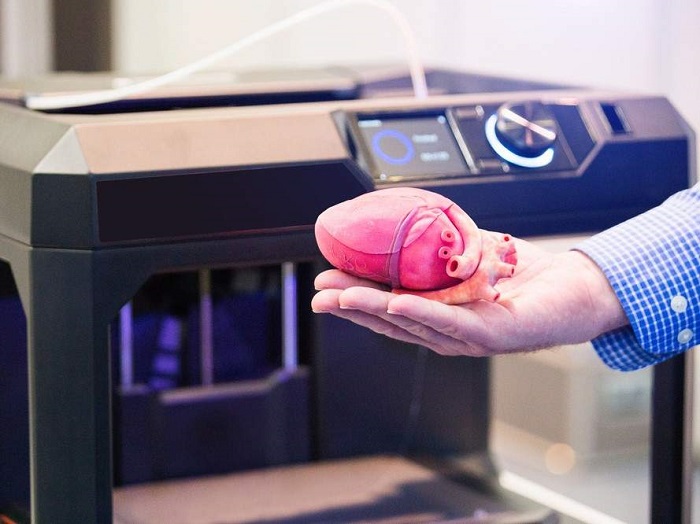3D printing or additive manufacturing is bringing monumental changes to a number of important industries. Companies have begun printing everything from fully functioning cars to Michelin-stared dinners. Medical research institutes have even experimented with printing functioning body parts.
Recently, additive manufacturing showcased its practical versatility. It is becoming a powerful tool in tackling some of the unprecedented challenges posed by the COVID-19. Helping to supply health workers with personal protective equipment and patients with ventilators.
Advanced manufacturing tools like 3D printing—also known as additive manufacturing—are essential for the types of performance-sensitive applications where this optimization is compelling.
3D printing is more cost-competitive at lower production volumes. Because you do not need to reach an economy of scale to offset setup costs. Therefore, it facilitates the mass customization that generative design makes possible. As the cost of 3D printing continues to decrease and the variety of materials increase, 3D printing is becoming practical for small and mid-volume parts for more and more applications.
The Electric Vehicle and the Automotive Industry holds a prominent position in manufacturing with the latest technologies and Innovations. Automotive electrical and electronic systems are becoming more complex. Making the task of designing today’s cars much more difficult. Infotainment, comfort and convenience features, and even safety- and mission-critical systems such as steering and throttle control are accomplished through electrically powered computers, actuators, and sensors.
Additive Manufacturing with the help of Generative design takes system definitions and requirements as input and generates architectural proposals for the logic, software, hardware, and networks of the E/E systems using rules-based automation. These rules capture the knowledge and experience of the veteran engineers to guide younger engineers throughout the design. Capturing this IP helps companies to develop both vehicle architectures and new generations of engineers as they learn and implement existing company knowledge.
It also offers the ability to consolidate parts, so a single complex geometry created by a generative algorithm and 3D printed can often replace assemblies of dozens of separate parts.
Aerospace
Always on the cutting edge, the aerospace industry was an early adopter of additive manufacturing. Aerospace companies must meet some of the manufacturing industry’s most stringent standards, and parts and components need to be made of the highest-performance materials. Using AM, engineers can design complex, high-strength parts while also reducing the weight of aerospace components by printing more efficient geometries and eliminating significant amounts of unnecessary material. This allows for lower fuel consumption, reduced CO2 emissions, and reduced costs (plus, better airfares).
Consumer Products
Additive manufacturing comes with a plethora of advantages for manufacturing on-demand supplements for consumer-based products. For marketing teams taking a product from concept to completion, often the biggest amount of time is spent on design. To be sure the product is just right, a great deal of time is spent on creating prototypes to prove concepts to stakeholders and ultimately deliver a consumer-pleasing product.
By embracing AM, marketing teams can develop iterations of their product much quicker, and then rapidly pivot to adjust the design as needed. As additive manufacturing continues to advance with build volume and speed, more consumer products may be produced through AM technologies for quick and efficient mass production demands.
Infrastructure
It is not far-fetched to think of living in a house or walking over a bridge that is completely made out of a 3D printer anymore. Soon, this may become reality. In fact, it already is in the Netherlands where the world’s first 3D-printed pedestrian bridge was unveiled in 2018. The structure was created by additive robotics layering molten steel and measures nearly 40 feet across.
Additive manufacturing in the construction market is expanding, ushering in a new era for the industry. According to a study by Transparency Market Research, 3D printing in the infrastructure secretary is predicted to expand at a CAGR of 33 per cent by 2027. Since printed materials can be precisely applied layer by layer when building infrastructure or constructing buildings, AM reduces material waste and allows construction to be as cost-efficient as possible.
Additionally, 3D printing technology allows for complex design structures. Since the materials are printed precisely – reducing the likelihood of infrastructure accidents from construction mistakes and poor design.
While 3D printing is not being employed in everyday bridge building, there is plenty of future potentials as the industry expands. And, with a recent report finding that over a third of all U.S. bridges need major repair work or should be replaced, there may be a rapid expansion of the industry in the near future.
Medical & Pharmaceutical
Additive manufacturing has revolutionized the medical industry, turning what was once science fiction into a new reality. The technology is delivering breakthroughs to doctors, patients, and research institutions. From durable prosthetics and true-to-life anatomical models to surgical grade components, the incredible plethora of objects that have already been successfully printed in the medical field gives a glimpse into the potential that this technology holds for healthcare in the near future.
For example, additive manufacturing allows for 3D printed dental appliances and custom-made devices, such as dentures, crowns, and even Invisalign, to be constructed from a variety of substrates and prints customized to each individual. Currently, the 3D printing market for digital dentistry is valued at $2.5 billion — and is expected to only keep growing. Additionally, additive manufacturing allows for devices such as hearing aids that can be mass-produced made for a better fit to ensure the highest level of comfort for the user.
One of the latest ongoing projects is the use of additive technology by researchers to print human embryonic stem cells. By doing so, these stem cells can then be used to create tissue for testing drugs or growing replacement organs, to print skin that could replace skin that’s been burned or damaged, and to print cancer cells to study and test out new drugs on them. Surgeon Anthony Atala, Director of the Wake Forest Institute for Regenerative Medicine, has even been working on printing organs, believing that printing an organ may soon replace transplanting an organ.
Hence, Additive Manufacturing is leading the industries and manufacturers into an era where the traditional ways of manufacturing would be disrupted, leaving faster, greater, and precise solutions for the manufacturing of future industries and products.
Mayank Vashisht | ELE Times | Technology Journalist
The post Additive Manufacturing; Perhaps, the Biggest Tectonic Shift Enabling to Industry 4.0 appeared first on ELE Times.





No comments:
Post a Comment